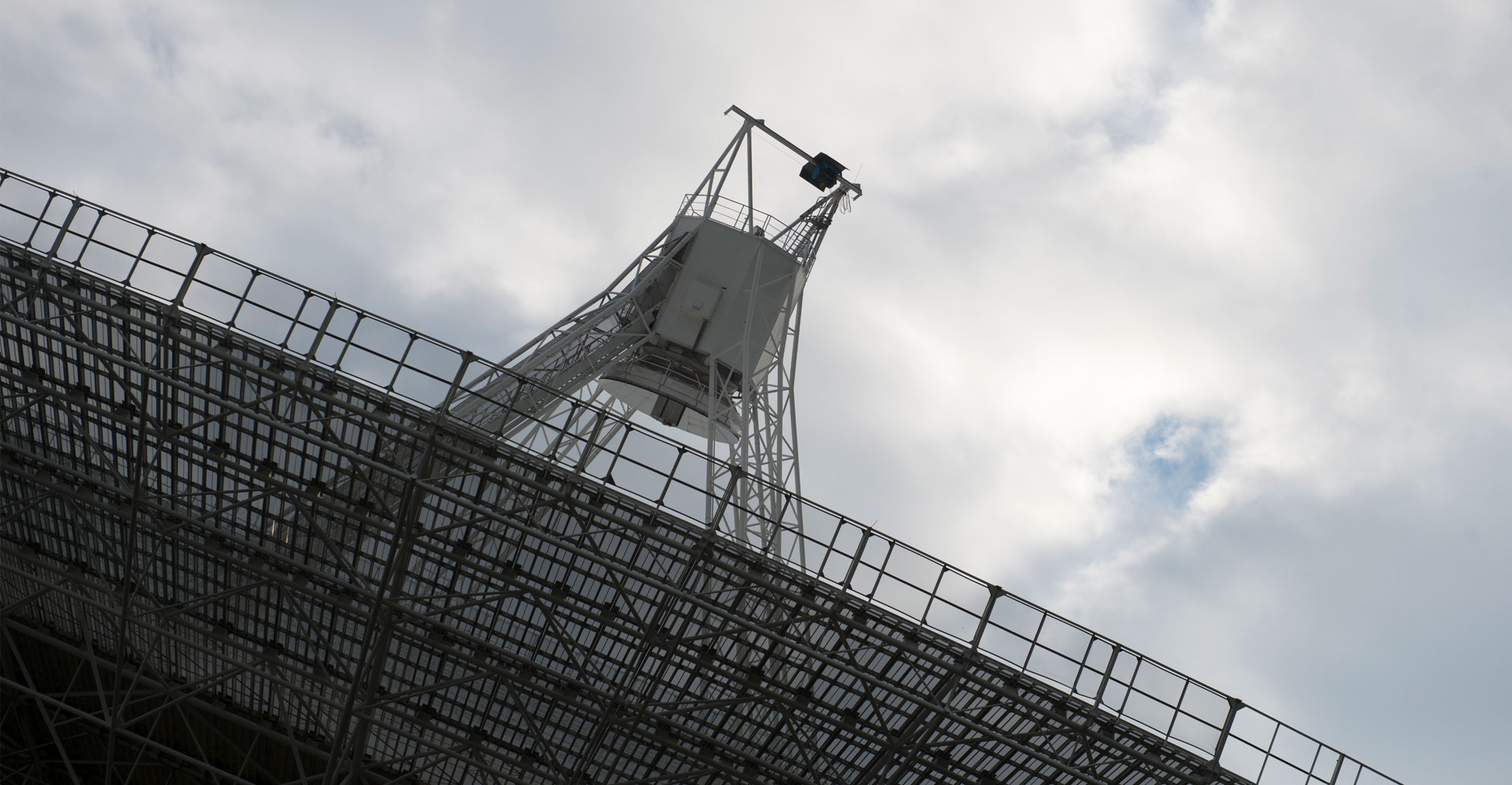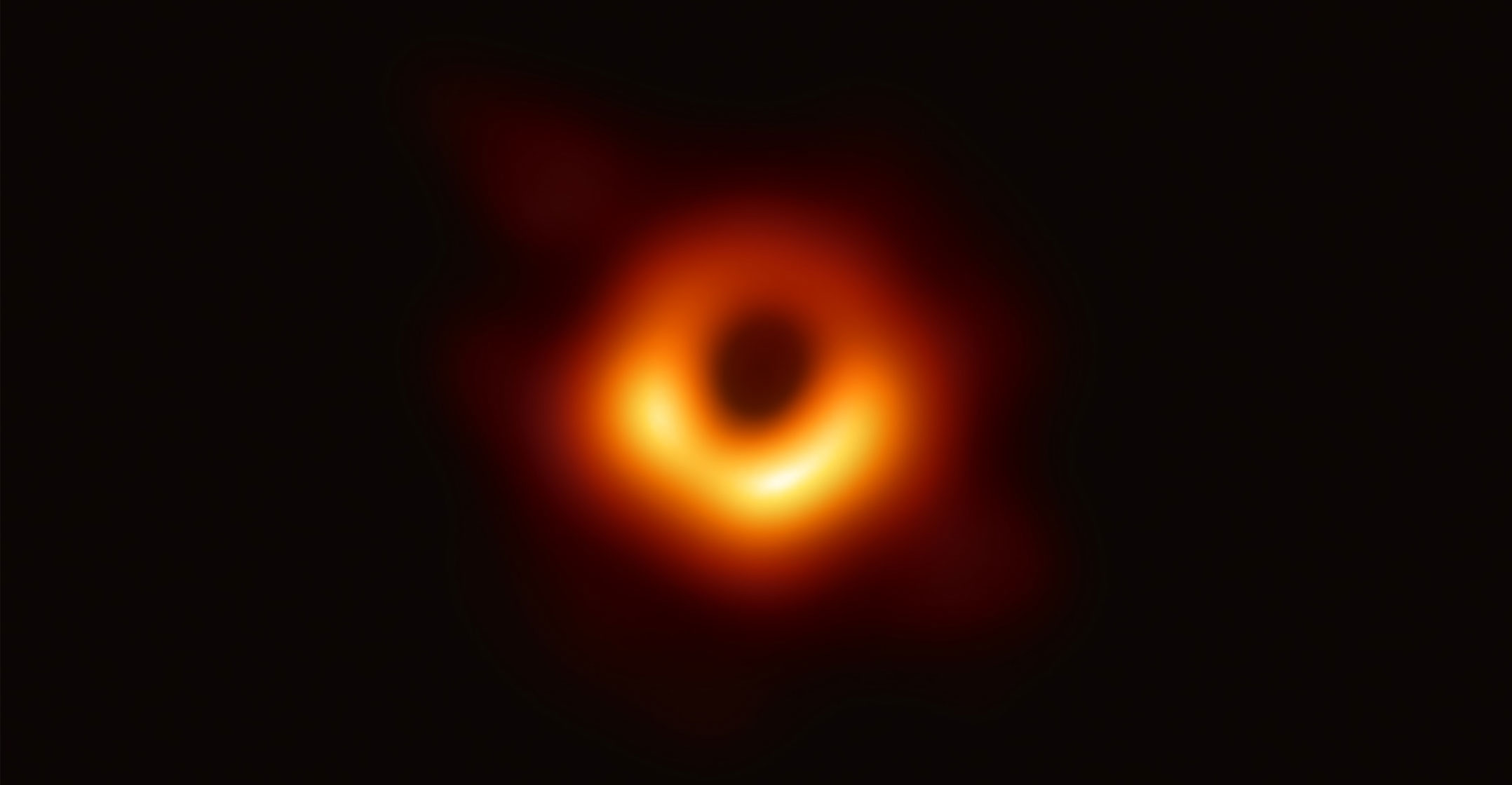
Scientists revealed the first-ever glimpse of a super-massive black hole on Wednesday, as the Event Horizon Telescope released the first results of its findings, in a “ground-breaking” discovery that proves Albert Einstein’s theory of general relativity.
The results were presented simultaneously by researchers in Brussels, Santiago de Chile, Taipei, Tokyo and Washington. “This major discovery provides visual evidence for the existence of black holes and pushes the boundaries of modern science,” the European Commission in Brussels said in a statement.
The collaboration of scientists reveals what is called the “event horizon”, the boundary at the edge of a black hole where the gravitational pull is so strong that no conventional physical laws apply and nothing can escape. The image released on Wednesday shows the shadow of the hole at the centre of glowing plasma.
In the picture, we are “looking at a region we cannot imagine, the gates of hell, the point of no-return. To me, it’s awe-inspiring, but it’s also important for physics,” said Heino Falcke, professor of astroparticle physics and radio astronomy at the Radboud University Nijmegen and chair of the EHT Science Council.
The existence of black holes, one of the more mysterious objects in the cosmos, had been universally accepted even though little is known about them. Black holes form from remnants of a large star that dies in a supernova explosion. Scientists estimate there could be as many as a billion black holes in the Milky Way, according to Nasa.
55 million light years away
The EHT’s pictures show the black hole at the centre of Messier 87, a massive galaxy in the nearby Virgo galaxy cluster. This black hole resides 55 million light years from Earth and has a mass 6.5 billion times that of the sun, the EU Commission said in its statement.
Scientists say they observed the source for four days and “the size is always the same, it doesn’t change and we measured the contrast between the ring itself and the central darkness”, astrophysicist Monika Moscibrodzka from Radboud University Nijmegen said. “This kind of structure can only be formed if something is rotating — could be matter around it or black hole itself. Images give sense of direction of rotation, which is clockwise. We are looking at the shadow of the black hole.”

Eight telescopes across the globe participated in the observations in 2017. They have been connected to create a virtual Earth-sized telescope allowing to “measure the size of the emission regions of the two supermassive black holes with the largest apparent event horizons,” the EHT says on its website. The telescopes are scattered from volcanoes in Hawaii to Atacama’s desert in Chile to Antarctica and Europe.
“If immersed in a bright region, like a disc of glowing gas, we expect a black hole to create a dark region similar to a shadow — something predicted by Einstein’s general relativity that we’ve never seen before,” Falcke said. “This shadow, caused by the gravitational bending and capture of light by the event horizon, reveals a lot about the nature of these fascinating objects and allowed us to measure the enormous mass of M87’s black hole.” — Reported by Marine Strauss and Natalia Drozdiak, (c) 2019 Bloomberg LP




